THE SADNESS (2021)
A young couple trying to reunite amid a city ravaged by a plague that turns its victims into deranged, bloodthirsty sadists.
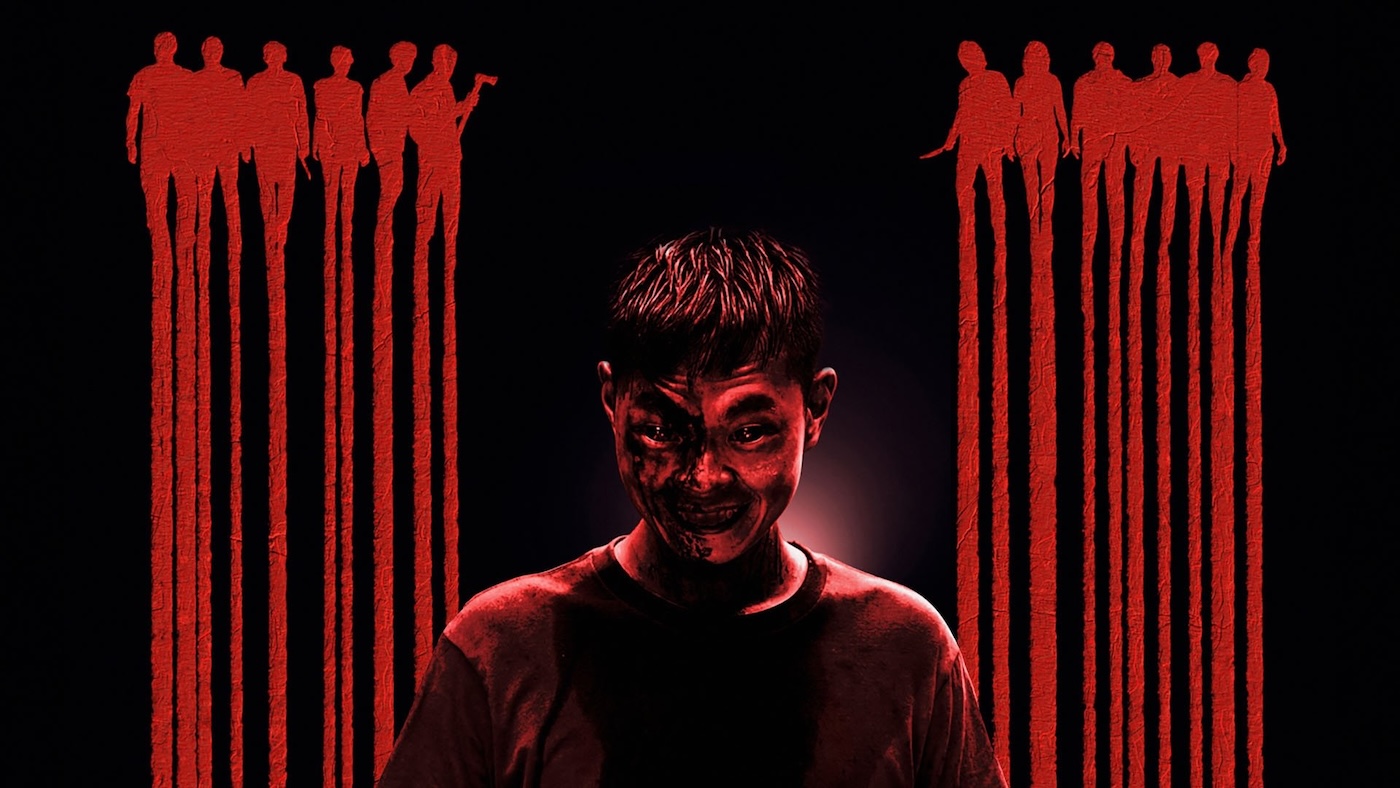
A young couple trying to reunite amid a city ravaged by a plague that turns its victims into deranged, bloodthirsty sadists.


With The Sadness / 哭悲, the 2021 Taiwanese splatter horror film in which an infectious disease causes hordes of ordinary people to turn into debauched, murderous monsters, we were given the chance to see a horror film that grappled with a real-world current event and its unfathomable fallout as it was actually unfolding. If horror cinema has a storied tradition of looking back and assessing the psychic damage we accrue from past sins, then The Sadness is instant, vital, engaging with the world as it sees it rather than with what it used to be.
The Sadness doesn’t tell us exactly what caused this infection, and unlike your bog-standard zombie, it doesn’t make the patient need to eat other people. We are given microscopic images of cells mutating and bouncing off each other, but it all feels as abstract as seeing the parade of graphics we saw each week on our TV sets between 2020-23.
Seeing images of cells blown up to the size of footballs and splashed across screens for presenters to stand before felt about as impersonal as a doctor diagnosing you with something dire in front of several thousand of their friends. Rob Jabbaz’s film functions on the understanding that even if we could narrow the cause of a pandemic down to the individual level, it wouldn’t matter. We are living in a new world to which we must adapt, or die—a feeling that arises seemingly every other week in 2025.
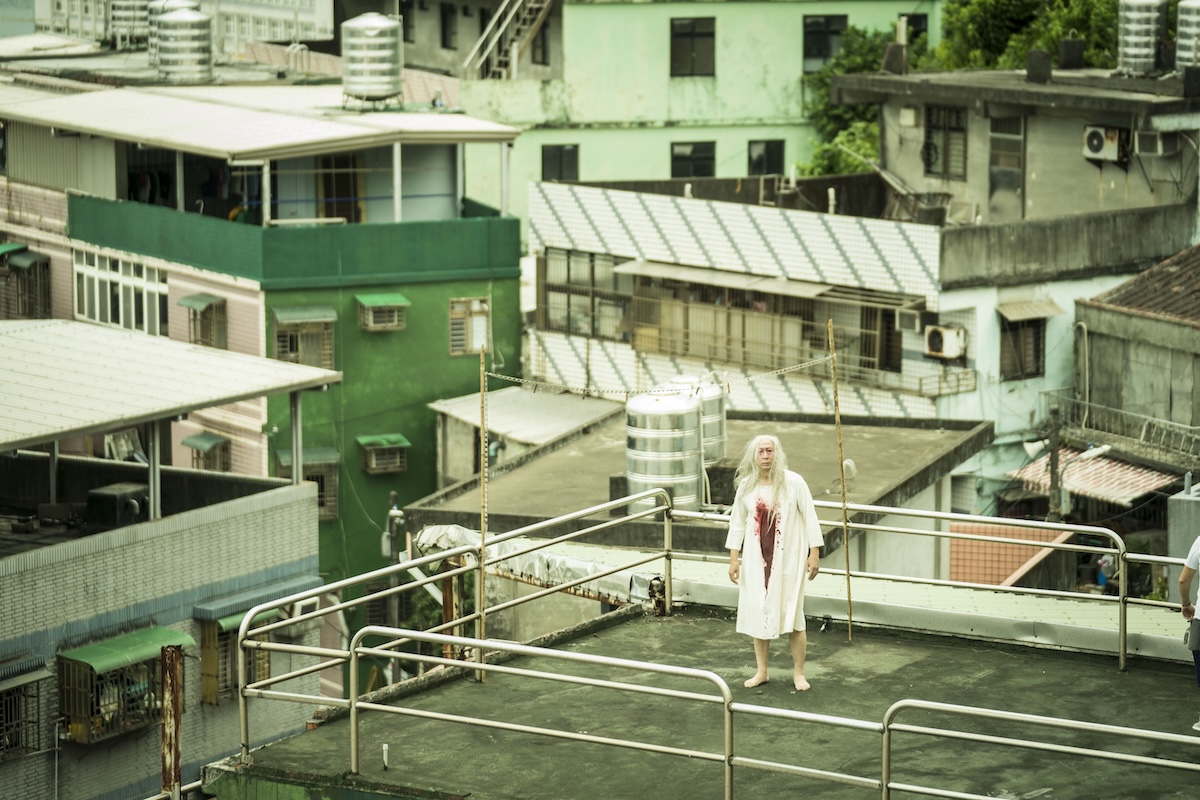
But how are you supposed to adapt to a world in which you feel as if everyone is going mad? The infection that rips through communities in The Sadness moves fast and can be contracted by contact with an infected person. The victims turn almost instantly – their eyes blacken, their movements twitchy and frantic, a smile and tears will appear, and whatever they can get their hands on they will beat, torture, sexually assault, and kill. Devouring the corpses, that old zombie favourite, would just slow them down. These are rabid, feral killers tearing through the streets in pure murderous ecstasy. They can talk, think, and taunt.
Jabbaz, the Canadian first-time filmmaker who wrote, directed, and edited The Sadness, thunders forward with a machine-gun spray of ideas and images, each intended to shock and repulse. The whiplash speed of the infection, of how fast it multiplies and spreads, is matched by his giddiness in throwing us right into the maelstrom. Like a good first-time filmmaker, he almost can’t seem to wait to get going.
Jim (Berant Zhu) and Kat (Regina Lei) are the young couple we follow, who’ve been separated by the day’s events and must find their way back to each other. While Jabbaz doesn’t linger on backstory, we do learn that Jim is a bit of a crap boyfriend, and Kat is fed up with him for committing so much time to work instead of her. It’s all we get, and it’s all we need. Jabbaz’s film is fast and light on its feet, benefiting from a lack of extraneous baggage. This isn’t a hero’s journey, and Jabbaz posits instead a world that has already gone to hell. Like some of its bleakest forefathers, The Sadness wonders if this is all beyond saving.
After Jim spots a sick-looking elderly man with a shock of long white hair standing motionless on a rooftop, he turns to his phone for comfort. Jabbaz modernises some long-standing horror tropes—it isn’t the TV news or buzz on the streets that first clues Jim into the fact that something is wrong, it’s a podcast. Scrolling through endless barrages of content, he stumbles on an obnoxious bloke before a microphone who is interviewing a doctor via webcam. The doctor’s warning is familiar: “most people believe the virus is no more serious than a mild case of the flu”. But, he continues, it could easily mutate into something far more serious.
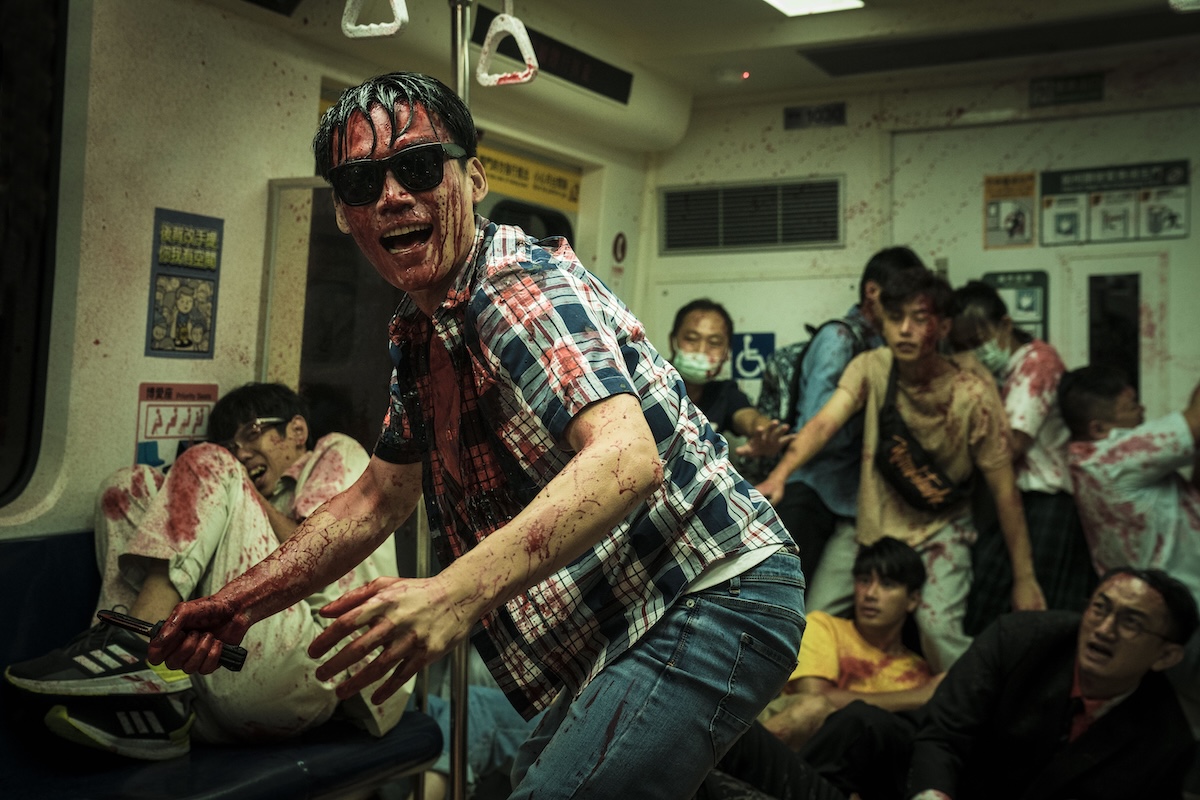
Jim’s neighbour isn’t buying it either. It’s a hoax he claims, while peacefully watering the plants on his balcony, implemented, he claims, to affect the stock market and earn interested parties a huge payout. It’s a memorable exchange, not for anything we learn about what has caused the virus, but because of how accurately it depicts the kind of everyday paranoia that we don’t realise our friends and neighbours possess until it naturally arises in conversation. A pandemic, you would hope, would unionise people into one group fighting against something any one of us could be affected by. But instead, it galvanises and separates, each person occupying their own reality. Nobody seems to agree on anything, and nobody is listening to the experts.
It’s all so horribly recognisable, and if Jabbaz’s film is on the nose, if it sometimes spells out the anxieties on its mind, then it’s only responding in kind to the absurdity of our modern world, when podcasters with millions upon millions of followers can spread misinformation, and incite hatred and prejudice all from the comfort of their recording studio. Jabbaz is giving as good as he gets.
The first attack by an infected person is fast, shocking, and sets the tone for what’s to come. There will be no time for grief, reasoning, or reflection. A violent frenzy erupts in a café; a person is scalded by fryer oil, their skin dripping from their face like rendered fat. The infected claws at it, gnashes, bites, but stops to tell Jim that he’s so handsome and young. What, exactly, is this infection?
On the streets, Jim desperately makes his way past groups of infected, who crouch chomping on body parts. At one point, an infected chews up a severed finger before spitting it out, not quite to his taste. An elderly infected woman jumps laughing from her apartment window and splats on the concrete below. When Jim saves someone from gang-torture, the victim spits out a few words through a mangled face and bloody teeth, a smile on his face: “why did you stop them? I was just about to shoot my load!”.
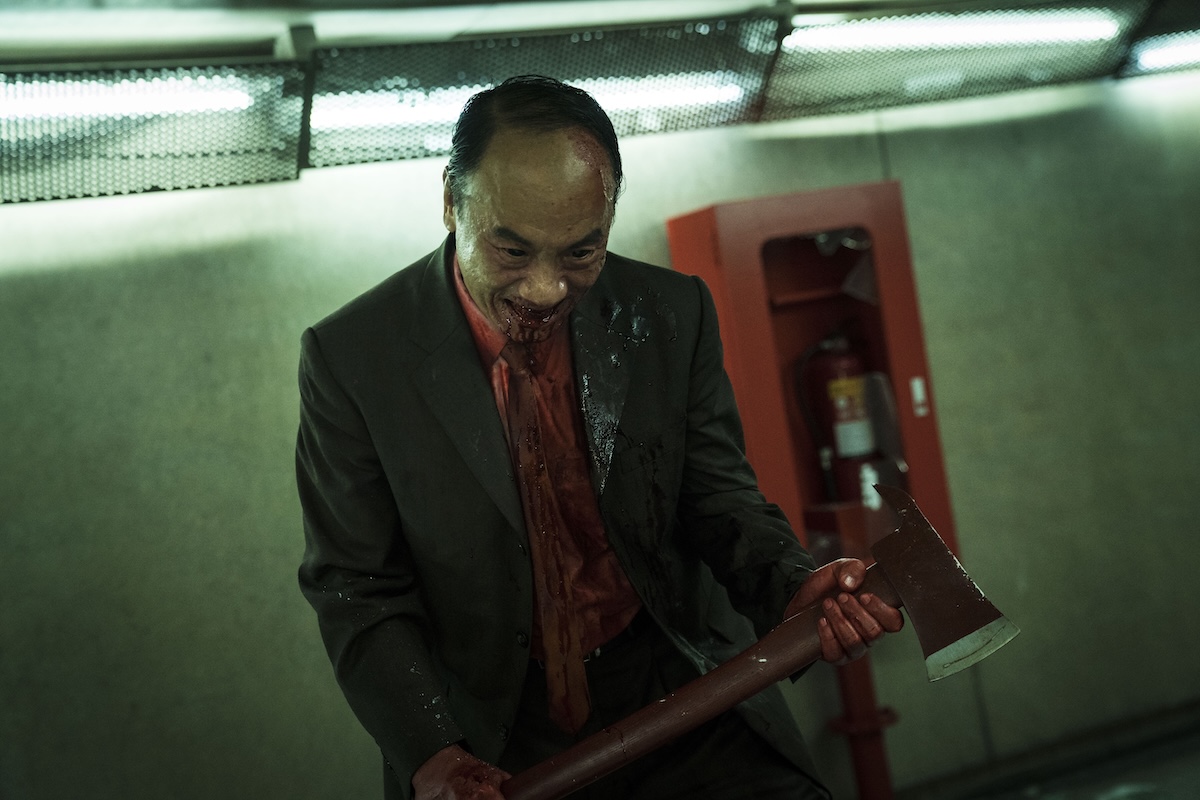
The Sadness, by most people’s standards, is quite an extreme film, then. Jabbaz’s dedication to repulsing and scandalising is considerable, with each new permutation of violence an opportunity for geysers of blood, gooey special effects, and total excess. Like Sam Raimi putting Bruce Campbell in the Evil Dead films, Jabbaz seems happiest when his actors are coated in crimson, brain matter, and flayed skin, and no demonstration of his controlled chaos is finer than the subway sequence.
Quite unaware of the erupting violence above, on a subway train to work, Kat’s biggest concern is being able to focus on her book. But here Jabbaz takes an opportunity to suggest a disconnect even before the virus has made itself known. A middle-aged man in a suit starts asking Kat questions. They begin as irritating but harmless comments (what is she reading, he wants to know). But the tension is there, what he wants to actually say being worked up bit by bit like a regurgitated breakfast. Like most entitled people, he seems unable (or unwilling) to stop himself. Next, he tells her she’s beautiful. She begs him to be left alone for perhaps the third time. He looks hurt, sullen, self-pitying.
“What’s wrong with people these days?”, he grumbles to himself. “Having a conversation on the train is a crime now?”. His stewing anger, combined with the explosive violence we have seen on the street level, creates a moment that is familiar but loaded with physical danger—regardless of what is happening above, we know the violence that men inflict on women when they believe they owe them something. As his anger boils quietly, without even raising his voice, this old chap is the most frightening person in the film.
It also highlights what Jabbaz does so effectively throughout The Sadness: he implements real-world division and discomfort as a springboard for his set-pieces, creating smaller stakes that we recognise before flipping over the table and sending all the pieces flying. To describe what happens in the subway sequence would be to minimise its overall effect, which is one of immediate, visceral horror. Several infected people board the train, and here is one of the film’s most potent ideas: the infected can hide amongst us. They wear sunglasses to hide their black eyes, they can talk, and their biggest challenge seems to be containing their excitement.
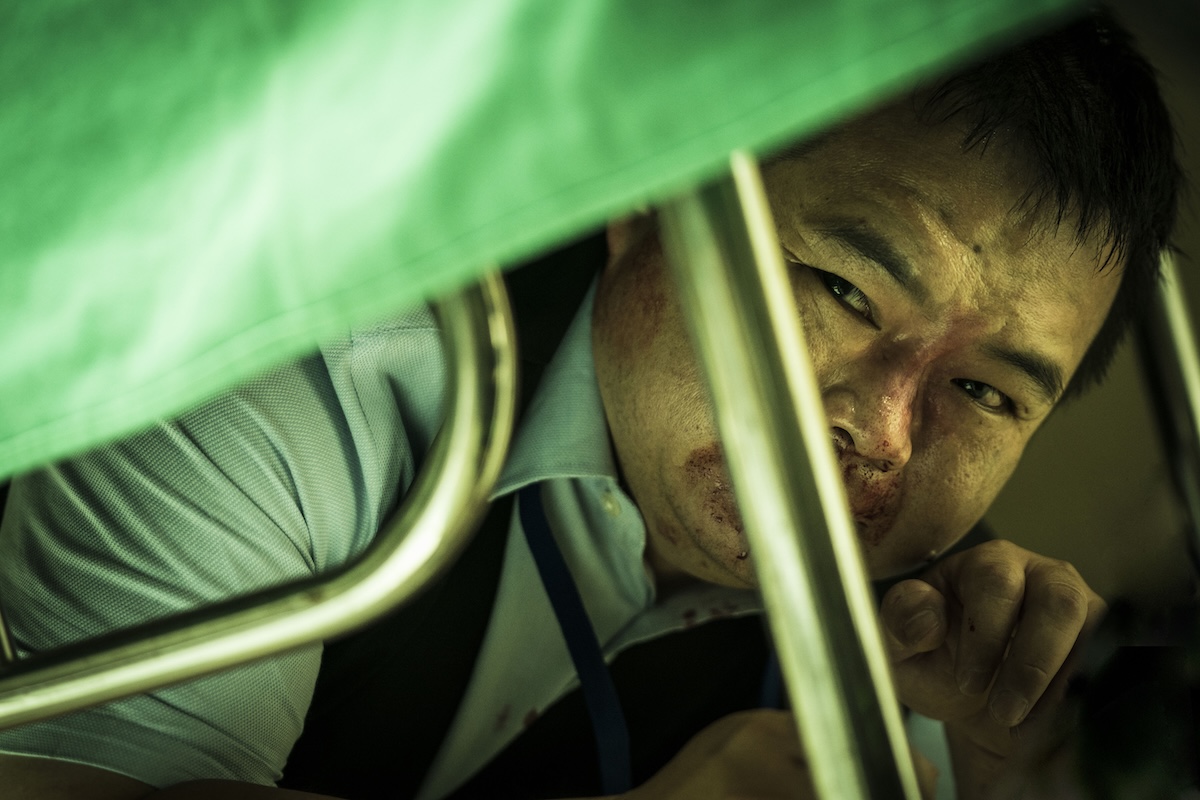
The Sadness’ digital look is a boon here. Under the fluorescent lights of the train there’s a stomach-churning clarity and vibrancy to the blood and gore. The viciousness of the attacks, captured with high shutter speeds and a handheld sense of movement, call to mind any number of real-life videos, shot on smartphones and uploaded to social media sites, autoscrolling before you’re quick enough to scroll away.
For all the glee Jabbaz takes in tearing skin from bone, from eyeballs being torn from sockets, his most bluntly effective and rattling images are those we recognise. An infected rapidly jabbing a civilian’s torso with a knife is possibly the most horrifying thing in a film that also includes—and there’s no polite way to phrase this—skull fucking. Jabbaz escalates from everyday violence to Grand Guignol displays of gore and extremity, designed to test the limits of what we can stomach and what we’ll clap for.
It seems tailor-made for the sort of word-of-mouth that passes between horror-loving friends. “Did you hear about the movie where the guy gets sawed in half by a group of sex-crazed sadists?”. It results in The Sadness being a somewhat unbalanced film. Clearly, it’s one designed largely for extreme horror connoisseurs, the types who might describe Cannibal Holocaust (1980) as Mickey Mouse shit.
But for all the undeniable entertainment value of seeing such inventive displays of movie mutilation, a numbness begins to set in after the film reaches each of its violent climaxes. If we’re monkeys who’ve learned how to find the correct button to push to dispense our violent treats, then The Sadness increasingly feels as if Jabbaz is the one smashing the button again and again, whether we’ve had our fill or not.
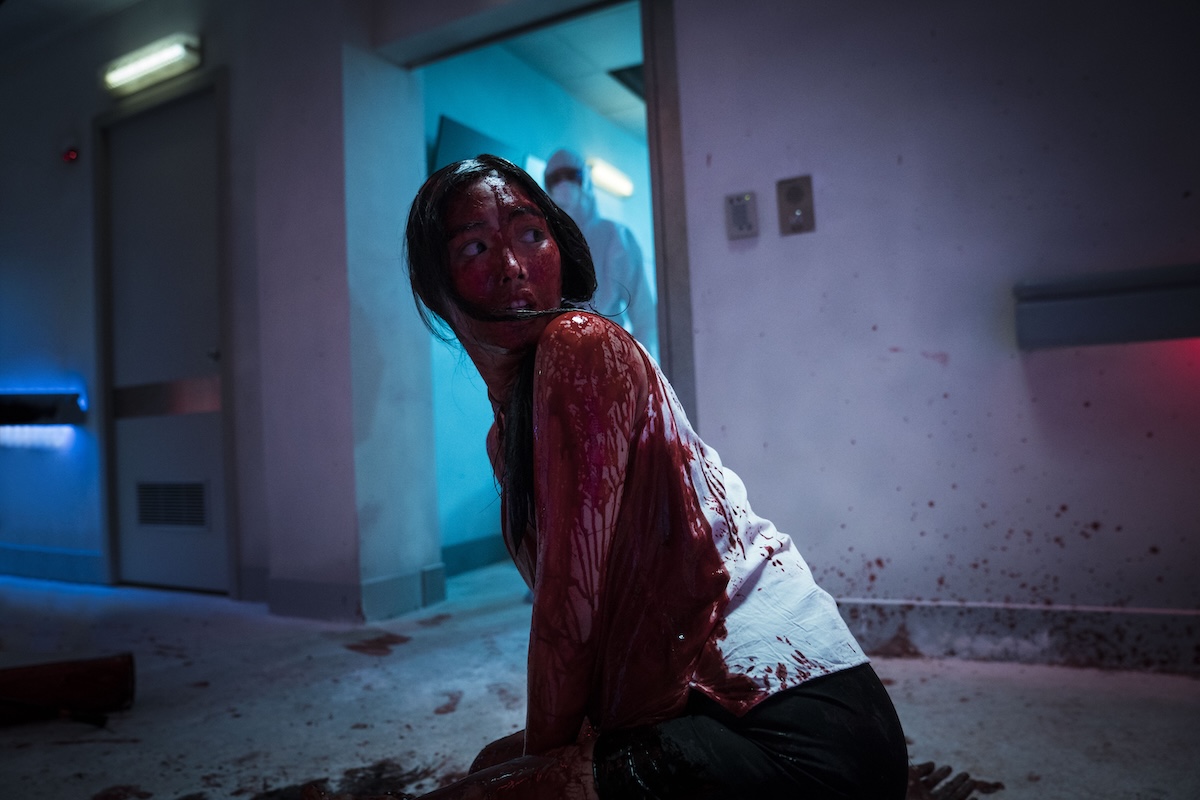
Your mileage may vary, but by the 60-minute mark, when we are introduced to a possibly mad doctor who begins espousing on the madness of humanity, a sense of redundancy sets in. That The Sadness is unsubtle isn’t an issue. That it’s so repetitive is more of a problem, and when that repetition guides us to a message that is then spoken out loud by several characters, we find ourselves with less than we’d started with. “You’re just like me!” says one of the infected before being put out to pasture. “Violent and depraved!”. As luck would have it, these are the types of infected who neatly summarise all and any themes you might have come to on your own, right before they pop their clogs.
The Sadness has plenty of these notions that work very well in isolation—the militaristic leaders on the news who offer nothing but self-aggrandising statements, the non-infected loser who considers that maybe a life of Dionysian indulgence might be more appealing than his own—and these suggest a filmmaker with more on his mind than the conclusion of the film ultimately allows for.
To label The Sadness as nihilistic feels reductive, yet it almost seems to be what the film strives for. It isn’t a film about how we endure, or how love gets us through. In 2025, like in 2021, who in the hell would buy that? Instead, it’s a film about division, about excess, about madness. It captures the feeling of looking at an unfathomable, unreasonable scenario and wondering if this really might be it—as if all our fears, paranoia, had brought us to this very reckoning—and whether it’s our duty to accept the charge.
TAIWAN | 2021 | 99 MINUTES | 2.00:1 | COLOUR | MANDARIN

The Sadness was shot on Red Digital Cameras with Ari Lenses, and thus has a sharp, digital look to it. Arrow’s 4K Ultra HD presentation of the film is vibrant and alive, with a strong sense of clarity throughout and an extremely crisp image. The hospital and subway sequences are so crystal clear that it’s astonishing you can’t see the seems—this is truly some of the most impressive horror makeup you can see on home video. The colours are rich and deep, particularly the contrast between the greenery and hills above and the metal and blood in the tunnels below. The Original DTS-HD MA 5.1 surround audio provides a good balance between the dialogue, music and sound effects—clear and full sounding throughout.
On the disc is a strong slate of extras, most notably the short films of Rob Jabbaz, Fiendish Funnies and Clearwater. Short films are always a welcome (though increasingly rare) addition to special edition releases, and these provide a good sense of Jabbaz’s sensibilities before he made (and carried over into) The Sadness. Elsewhere on the disc, the behind the scenes featurettes provide fun, brief insights into the film’s production, and a Q&A with the director after the premiere highlights just what a passion project this was for the director. A very strong release from Arrow Video, essential for fans of the film and an essential for any extreme horror fan looking to prove their mettle.

writer & director: Rob Jabbaz.
starring: Berant Zhu, Regina Lei, Tzu-Chiang Wang, Emerson Tsai, Wei-Hua Lan, Ralf Chiu, Lue-Keng Huang & Ying-Ru Chen.
